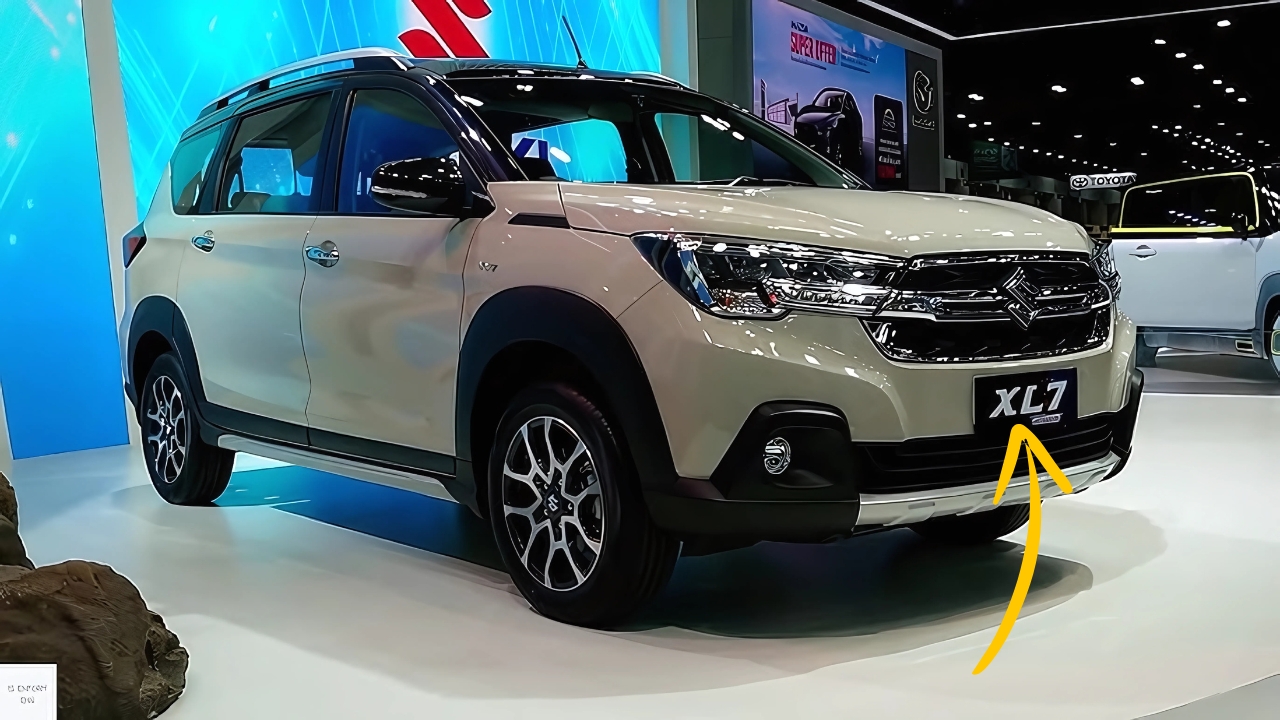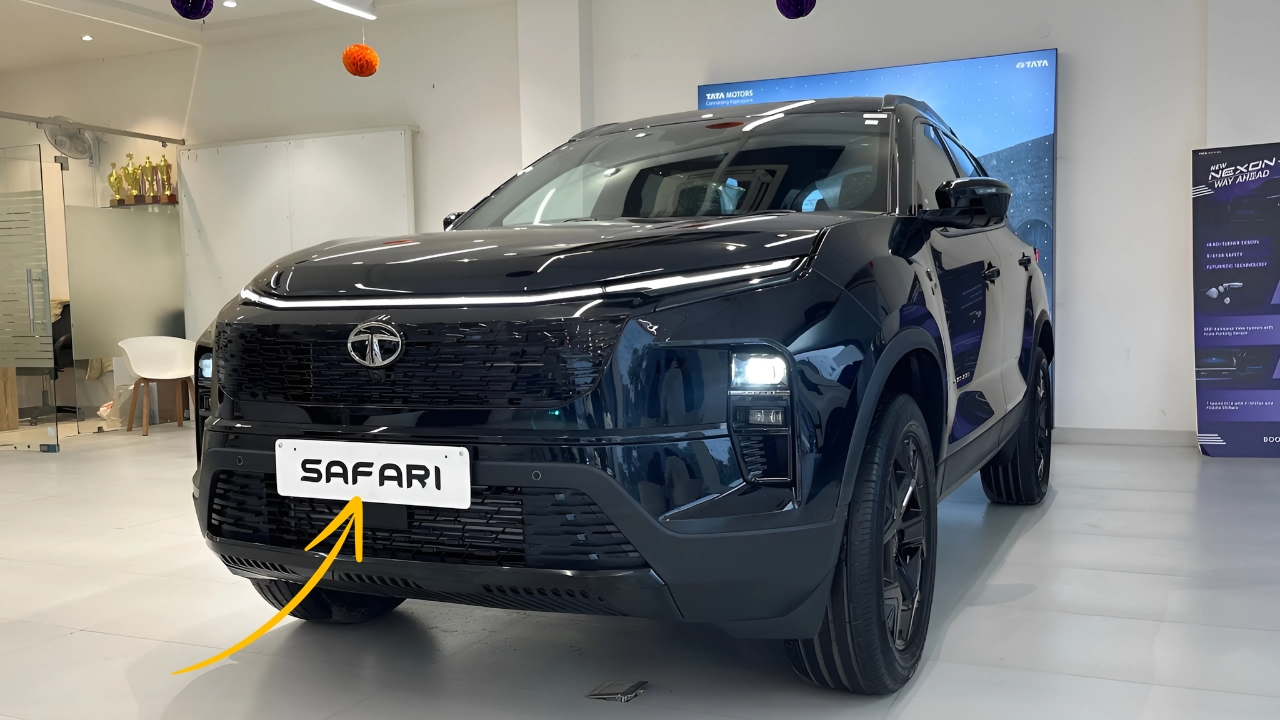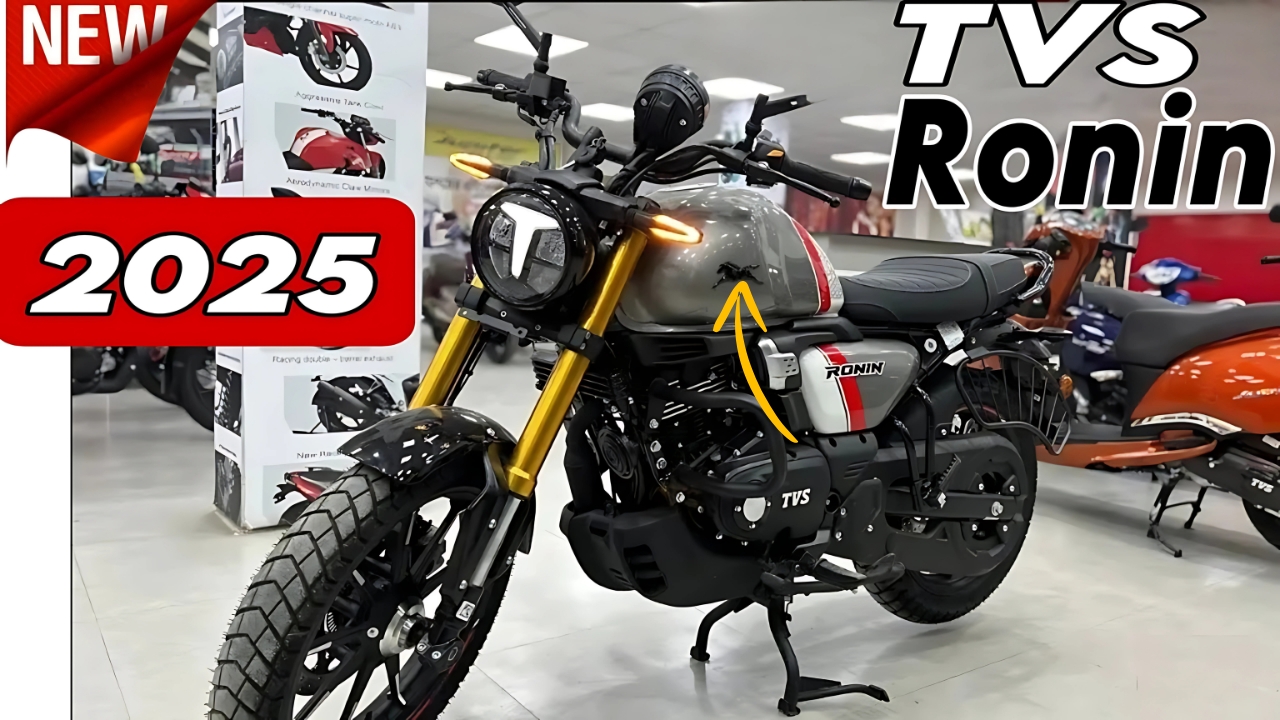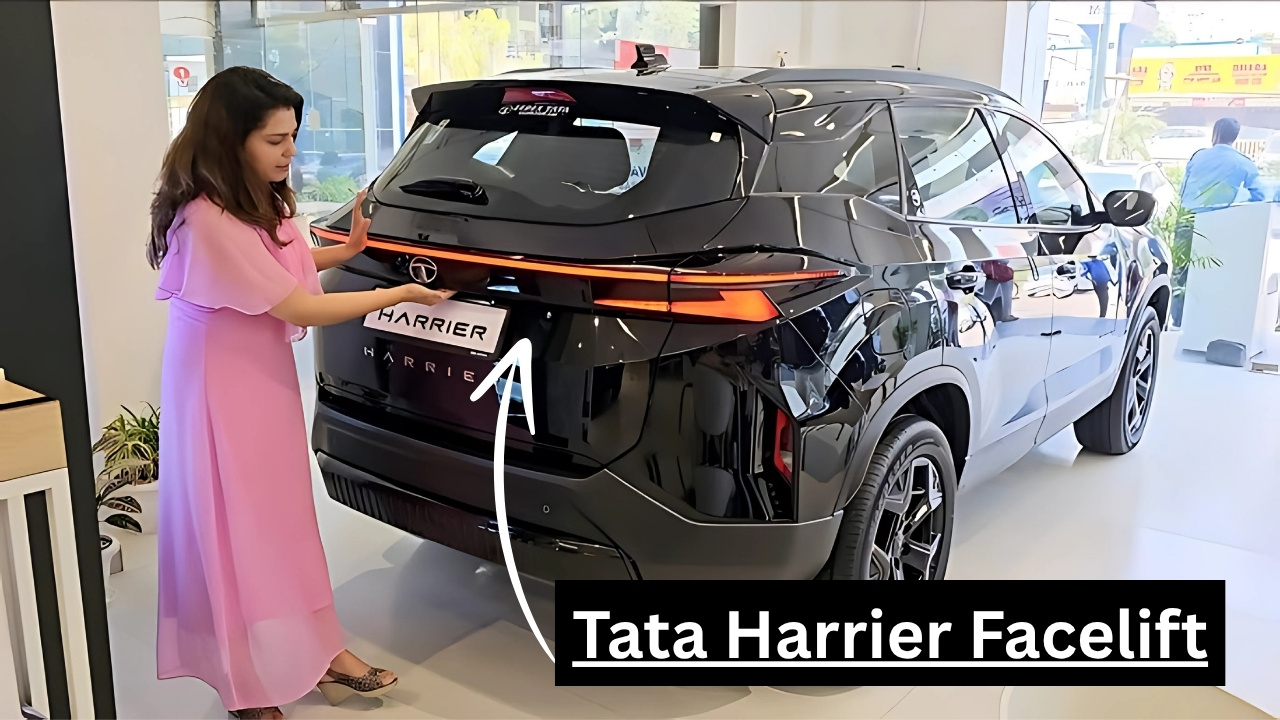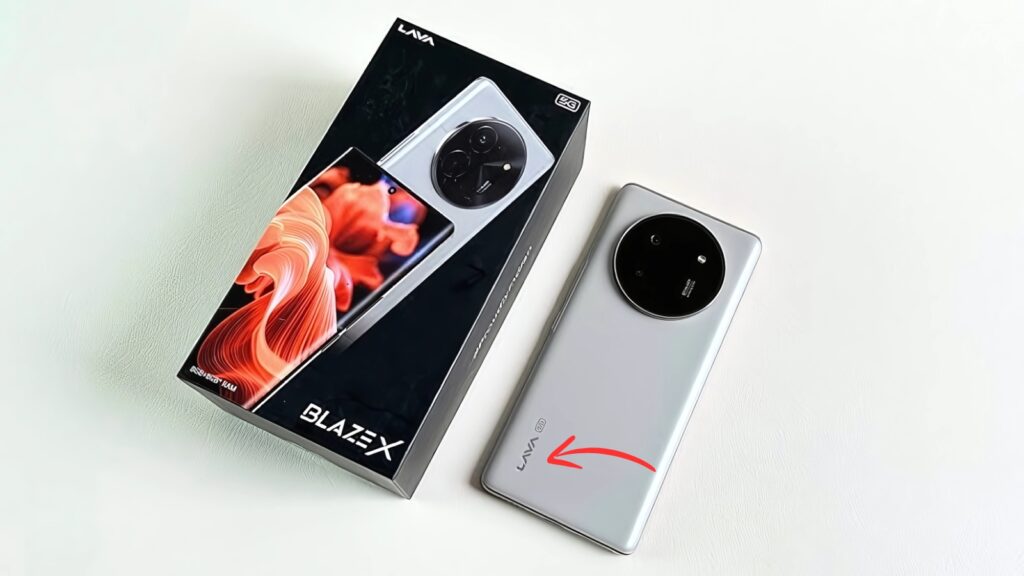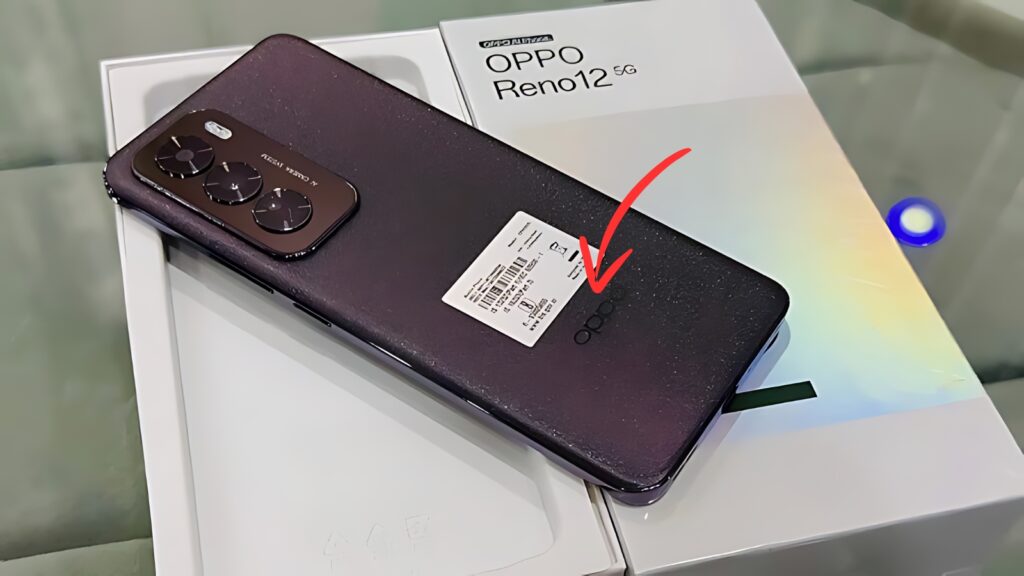In a groundbreaking announcement that has sent shockwaves through India’s electric vehicle industry, Patanjali Ayurved has unveiled what could potentially become the country’s most affordable electric bicycle.
Priced at an unprecedented ₹5,000 with an impressive 80-kilometer range on a single charge, this innovative e-cycle represents far more than just another product launch – it embodies a revolutionary approach to making sustainable transportation accessible to millions of Indians who have never imagined owning motorized transport.
The announcement, made by Baba Ramdev during a packed press conference in Haridwar, reflects Patanjali’s core philosophy of democratizing essential products.
“Transport should be as accessible as basic nutrition,” Baba Ramdev declared, explaining that the company’s venture into electric mobility stems from the same philosophy that guided their entry into consumer goods – making essential products affordable for the common person.
This ambitious project began approximately three years ago when Patanjali established a small research and development unit dedicated to sustainable transportation solutions.
The team, which included experts from local technical universities and IITs, was tasked with the seemingly impossible challenge of creating an electric bicycle that would be reliable for daily commutes and cost less than a basic smartphone.
Technical Specifications That Challenge Industry Norms
The Patanjali E-Cycle boasts impressive technical specifications that rival products costing five times more.
The electric cycle features a 250W brushless DC motor, can reach speeds up to 25 km/h, and weighs about 22 kg. Most remarkably, Patanjali claims it can travel 80 kilometers on a single charge.
The motor specifications are particularly noteworthy. The 250W brushless DC motor provides smooth acceleration up to 25 km/h, strategically keeping the vehicle exempt from registration and licensing requirements under Indian law.
This regulatory advantage makes the e-cycle immediately accessible to users without the bureaucratic hurdles associated with higher-powered electric vehicles.
The lithium-ion battery pack represents a significant technological achievement for this price point. Despite its compact 8.8Ah capacity, the battery has been optimized using proprietary energy management algorithms to deliver the remarkable 80-kilometer range.
This range achievement represents a breakthrough in the affordable electric vehicle segment, accomplished through innovative engineering approaches.
Dr. Pradeep Sharma, the project’s chief engineer, explained that the 80-kilometer range was accomplished through three key innovations: Advanced Power Management System that dynamically adjusts power delivery based on terrain, rider input, and battery condition, unlike traditional electric cycles that provide constant power output.
The physical design balances practicality with performance. The cycle weighs around 22 kg, making it manageable for most users, including carrying it upstairs in buildings without lifts, which is a common occurrence in many Indian neighborhoods.
For comparison, most electric bikes on the market weigh between 18 and 25 kg, while traditional bicycles weigh between 12 and 15 kg.
Revolutionary Pricing Strategy and Manufacturing Innovation
The ₹5,000 price point represents perhaps the most shocking aspect of this launch. To put it in perspective, electric cycles in India typically start at ₹20,000 and can cost up to ₹80,000 for premium models.
This dramatic pricing departure required innovative manufacturing and distribution strategies that challenge conventional industry practices.
According to Acharya Balkrishna, Patanjali’s Managing Director, several innovative strategies made this possible: Direct Sales Approach eliminating middlemen by manufacturing in their facility in Haridwar and selling directly through Patanjali stores across the country, Indigenous Manufacturing with over 95% of components made locally working with small manufacturers in Uttarakhand and western Uttar Pradesh, and Recycled Battery Technology using recycled and repurposed cells from larger battery packs, significantly reducing costs while maintaining performance through strict quality control.
The manufacturing approach represents a complete reimagining of electric vehicle production economics.
By eliminating traditional retail markups and establishing direct-to-consumer sales through their extensive network of Patanjali stores, the company can offer unprecedented value while maintaining quality standards.
This distribution strategy provides additional advantages in reaching consumers across India, particularly in smaller cities and rural areas traditionally underserved by premium electric vehicle manufacturers.
Patanjali has established a dedicated manufacturing facility in Haridwar with plans to produce 100,000 units in the initial phase.
The company has partnered with small-scale manufacturers across Uttarakhand and western Uttar Pradesh to source 95% of components locally, supporting regional economic development.
Comprehensive Feature Set for Enhanced User Experience
Despite aggressive pricing, Patanjali has not compromised on user experience or practical functionality.
The cycle includes practical features like an adjustable saddle, adjustable handlebars, and an easy-to-use control system with three power modes – Eco, Standard, and Power.
The LCD display shows important information like speed, battery life, and distance traveled. A USB port enables riders to charge their phones during emergencies, acknowledging that smartphones have become indispensable tools for daily life and business in India.
The three power modes provide flexibility for different riding scenarios. Eco mode maximizes range for longer commutes, Standard mode balances performance and efficiency for typical urban riding, while Power mode delivers maximum assistance for challenging terrain or quick acceleration needs. This versatility ensures the e-cycle can adapt to various user requirements and riding conditions.
One of the most practical design decisions involves hybrid functionality. The cycle also works seamlessly without power assistance, giving riders the option to pedal normally when they choose to or when the battery runs low – an interesting tribute to traditional cycling. This hybrid approach solves a common concern with electric vehicles by ensuring that users are never stranded.
The LCD display provides essential information at a glance, including current speed, remaining battery life, distance traveled, and selected power mode.
This real-time feedback helps riders optimize their energy usage and plan their journeys effectively. The inclusion of a USB charging port recognizes the reality of modern life, where smartphones serve as navigation tools, communication devices, and emergency contacts.
Potential Social and Economic Impact
The social implications of affordable electric mobility extend far beyond individual transportation benefits. Millions of Indians may now afford motorized mobility thanks to an electric cycle costing ₹5,000, less than the minimum salary in most Indian states.
This represents not just a product but a life-changing tool that could save hours of daily commuting time and open up employment opportunities previously restricted by transportation constraints for workers commuting to factories and construction sites, students traveling to schools and colleges, and small vendors delivering goods in local markets.
The economic accessibility is further enhanced through flexible payment options. To make the cycle even more affordable, Patanjali intends to provide installment options with weekly installments as little as ₹100.
Customers can also exchange their traditional bicycles for an electric model and receive a ₹1,000 discount, according to a campaign the company has launched.
For educational access, students traveling long distances to schools and colleges could save significant time and energy, potentially improving academic outcomes by reducing fatigue from lengthy commutes.
The time savings could be redirected toward studies or part-time employment opportunities that contribute to family income.
Employment opportunities expand dramatically when workers can access job sites previously beyond walking distance or poorly served by public transportation.
Construction workers, factory employees, and service providers can consider positions in different areas, potentially improving wages and working conditions through increased mobility.
Small business and entrepreneurship possibilities multiply with affordable transportation. Vendors can expand their service areas, delivery personnel can handle more orders efficiently, and small-scale entrepreneurs can reach wider customer bases without prohibitive transportation costs.
Environmental Benefits and Sustainability
The environmental implications of widespread adoption of affordable electric cycles cannot be overstated.
With approximately 250 million cyclists in India, even a modest adoption rate could result in substantial carbon emission reductions.
As India’s power grid becomes greener with renewable energy, these cycles will automatically become more environmentally friendly.
Traditional transportation methods in India heavily rely on fossil fuels, contributing significantly to air pollution in urban areas. Electric cycles produce zero direct emissions, helping improve air quality in cities where pollution levels frequently exceed safe standards.
The shift from petrol-powered two-wheelers to electric alternatives could substantially reduce harmful emissions in dense urban areas.
The local manufacturing approach also provides environmental benefits by reducing transportation-related emissions from importing components.
Supporting regional manufacturers creates shorter supply chains and promotes sustainable economic development within India.
Energy efficiency represents another environmental advantage. Electric motors convert energy much more efficiently than internal combustion engines, meaning less overall energy consumption for the same transportation output.
Combined with India’s increasing renewable energy capacity, electric cycles become increasingly sustainable over time.
Market Response and Industry Implications
The market response has been overwhelmingly positive, with pre-orders exceeding 50,000 units within the first week of announcement. This strong initial demand indicates significant pent-up demand for affordable electric mobility solutions in India.
The enthusiastic market response suggests that price has been a major barrier preventing widespread electric vehicle adoption.
By addressing affordability concerns while maintaining functionality, Patanjali has potentially unlocked a massive market segment previously unable to access electric transportation.
Industry experts have responded with both excitement and skepticism. Despite the excitement surrounding the launch, industry experts have raised concerns about sustainability and quality at this price point.
Rakesh Sharma, a senior automotive consultant, questioned whether high-quality electric mobility could be delivered at ₹5,000 without significant compromises.
These concerns reflect legitimate questions about long-term durability, after-sales service, and component quality at such aggressive pricing.
However, the strong pre-order response suggests consumers are willing to take calculated risks for the opportunity to access affordable electric mobility.
The competitive implications extend throughout the electric vehicle industry. Established manufacturers may need to reconsider their pricing strategies and value propositions when faced with such dramatically lower-priced alternatives. This could accelerate overall market adoption by pushing prices down across the segment.
Innovation and Intellectual Property
Patanjali’s research and development team has filed multiple patents related to their proprietary energy management system and motor efficiency technologies.
These intellectual property developments suggest serious technological innovation rather than simple cost-cutting through quality compromises.
The energy management system represents a particular area of innovation, optimizing power delivery based on real-time conditions rather than providing constant output.
This intelligent approach to power management contributes significantly to the impressive range achievements while maintaining battery life and performance.
Motor efficiency improvements through design optimization and manufacturing techniques provide additional competitive advantages.
These technological developments could have applications beyond the immediate e-cycle market, potentially creating licensing opportunities or technology transfer possibilities.
Future Prospects and Expansion Plans
The initial production run of 100,000 units represents just the beginning of Patanjali’s electric mobility ambitions.
The company’s extensive retail network provides a foundation for nationwide distribution that could support much larger production volumes if initial market response continues positively.
International expansion possibilities exist if the Indian market launch proves successful. Many developing countries face similar transportation affordability challenges, creating potential export markets for ultra-affordable electric vehicles designed for emerging market conditions.
Technology refinement and product development will likely continue based on user feedback and market performance.
Second-generation models could incorporate improvements in battery technology, motor efficiency, and feature enhancements while maintaining the core affordability proposition.
The success of the e-cycle launch could justify expanded investment in electric vehicle research and development, potentially leading to electric scooters, motorcycles, or even four-wheeled vehicles applying similar affordability principles to larger transportation segments.
Challenges and Considerations
Despite the enthusiasm surrounding the launch, several challenges require careful consideration.
Quality assurance at ultra-low price points demands rigorous testing and quality control processes to ensure customer satisfaction and brand reputation protection.
Service network development becomes crucial for supporting thousands of users across diverse geographic areas with varying technical expertise.
Component sourcing and supply chain management present ongoing challenges, particularly if demand exceeds initial projections.
Ensuring consistent component quality while maintaining cost targets requires careful supplier relationship management and quality control systems.
Regulatory compliance and safety standards must be maintained despite cost pressures. Electric vehicles require adherence to safety regulations, emission standards, and electrical safety requirements that cannot be compromised regardless of pricing constraints.
Patanjali E-Cycle is launched in market
The Patanjali E-Cycle represents more than just another product launch – it embodies a potentially transformative approach to sustainable transportation accessibility in India.
By combining innovative engineering, creative manufacturing strategies, and aggressive pricing, Patanjali has created an offering that could genuinely democratize electric mobility for millions of Indians.
Whether this ambitious project succeeds in delivering on its promises remains to be seen, but the initial market response and technological innovations suggest genuine potential for significant impact.
If successful, the Patanjali E-Cycle could inspire similar affordability-focused approaches across the electric vehicle industry, accelerating the transition to sustainable transportation solutions throughout emerging markets.
The true measure of success will not be in sales figures alone, but in the extent to which this affordable electric mobility solution improves lives, expands opportunities, and contributes to environmental sustainability across India’s diverse communities.
The Patanjali E-Cycle represents a bold experiment in making advanced technology accessible to everyone, regardless of economic status or geographic location.

